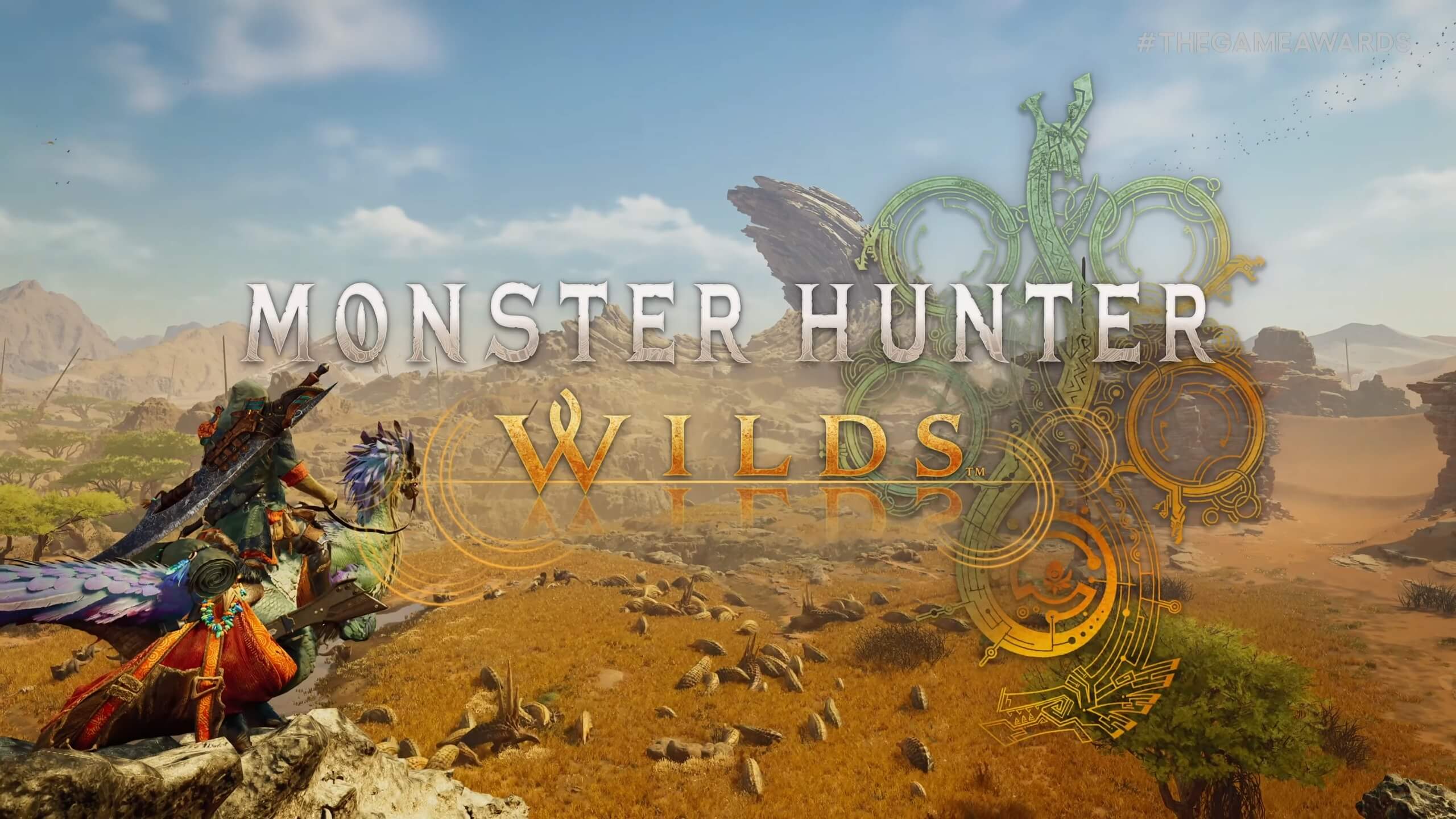Thank you for the deep reply. That's very good to hear. I think the main attraction is the quality of OLED and 4k. I have an OLED TV so I know how good my "old" LG C1 looks.
Was your choice between the 32" vs 34" alienware monitors just preference or how do you feel about the differences since you have used both?
aw34dw is a better "gaming" monitor in a few areas because of the gsync module:
- fps fluctuations are handled far better and the gaming experience is much smoother below 60 fps (of course you want to be keeping above 60 fps at all times but there will be games where you'll get fps drops to below 60...)
- there is very little to no noticeable vrr flicker unlike every other non gsync ultimate oled display
Also, the 21.9 being more immersive with gaming imo.
aw32:
- 240hz looks absolutely stunning with the motion fluidity
- the extra vertical height over the 34" 21.9 is pretty noticeable and makes the 34" feel too small in height so in some ways you can almost feel like you see more detail just because the screen area is larger
With DLDSR, you can get 1440p looking nearly as good as a true 4k display.
Even though it is 1st gen qd oled vs 3rd gen qd oled, I can't say I notice a huge difference in colours overall.
I use a 5080 on currently 32 inch Samsung neo G7 which is 165 Hz I also have a lg 32 inch IPS 4k 180 Hz. I have also in the past had stuff like the lg 3440x1600 ultrawides, Samsung g9bthe stupidly wide monitor and I have used the lg c1 and years ago the lg b6. So I have had varied amount of monitors.
I don't use frame gen personally I just use quality preset.
I am also a former 4090 owner so the larger vram capacity helps. Now while there are very few games which can exceed the 16gb limit when you take a look at modern titles however optimised or badly optimised some of them are getting close.
Let's take monster hunter wild the latest one. With all the bells and whistles running it hits 15.5gb so while under the threshold hold you have to take into consideration especially if you don't upgrade your graphics card often will this be an issue later on and if so how long and are you willing to sacrifice some of the bells and whistles when the time comes.
Stuff like black ops, battlefield,delta force use far less vram than titles like monster hunter and the final fantasy games etc.
I could never go back to 27 inch or 1440p. I could never go back to IPS either although years ago I use to be a huge advocate of IPS until I went oled in the early years of the technology.
Just because a game can use more vram than what certain gpus have doesn't mean it will automatically run worse on gpus with lesser vram, ue 5 and the snowdrop engine have shown this very well, games can run extremely well despite not being able to use as much vram as what higher vram cards will allocate, this article states this rather well:
A lot have been wondering whether the NVIDIA RTX 5080 can handle the HD Texture Pack for Monster Hunter Wilds. Well, let's find out.

www.dsogaming.com
I should also note that on the NVIDIA RTX 5090, the “VRAM usage per process” is above 14GB. So, even though Rivatuner reports this metric, it appears that the game allocates that amount when you have enough VRAM. This is the reason you should NOT judge VRAM requirements on GPUs with higher amounts of VRAM.
It’s also worth noting that, according to the devs, the game will not display the right textures if your GPU doesn’t have enough VRAM. Thus, I tried to see whether this was happening in this GPU. It was not happening. All textures appeared to be loading fine on the RTX 5080.
To prove my theory (that the “VRAM per process” metric in this particular game is allocation and not usage), here are two screenshots with the NVIDIA RTX 4090. As you will see, the 1440p shot uses 18.5GB VRAM, whereas the 4K shot uses 15GB. That shouldn’t be happening. Native 4K should use more VRAM than native 1440p. And yes, the 4K shot looks sharper and crisper than the 1440p one (well duuuuuuuh).
Even with the 3080, the performance and visuals overall were better on the 4k with dlss performance than 3440x1440 with dlss quality so OP will be fine for 99% of gaming scenarios on a 5080 and 4k, titles like indiana jones are where people will see issues with lower vram i.e. when you set the texture pool/cache to the uber max quality setting which is purposely there for gpus with higher vram i.e. basically draw distance for textures.
Also, most mmos/strategy games generally aren't that intensive in vram.








